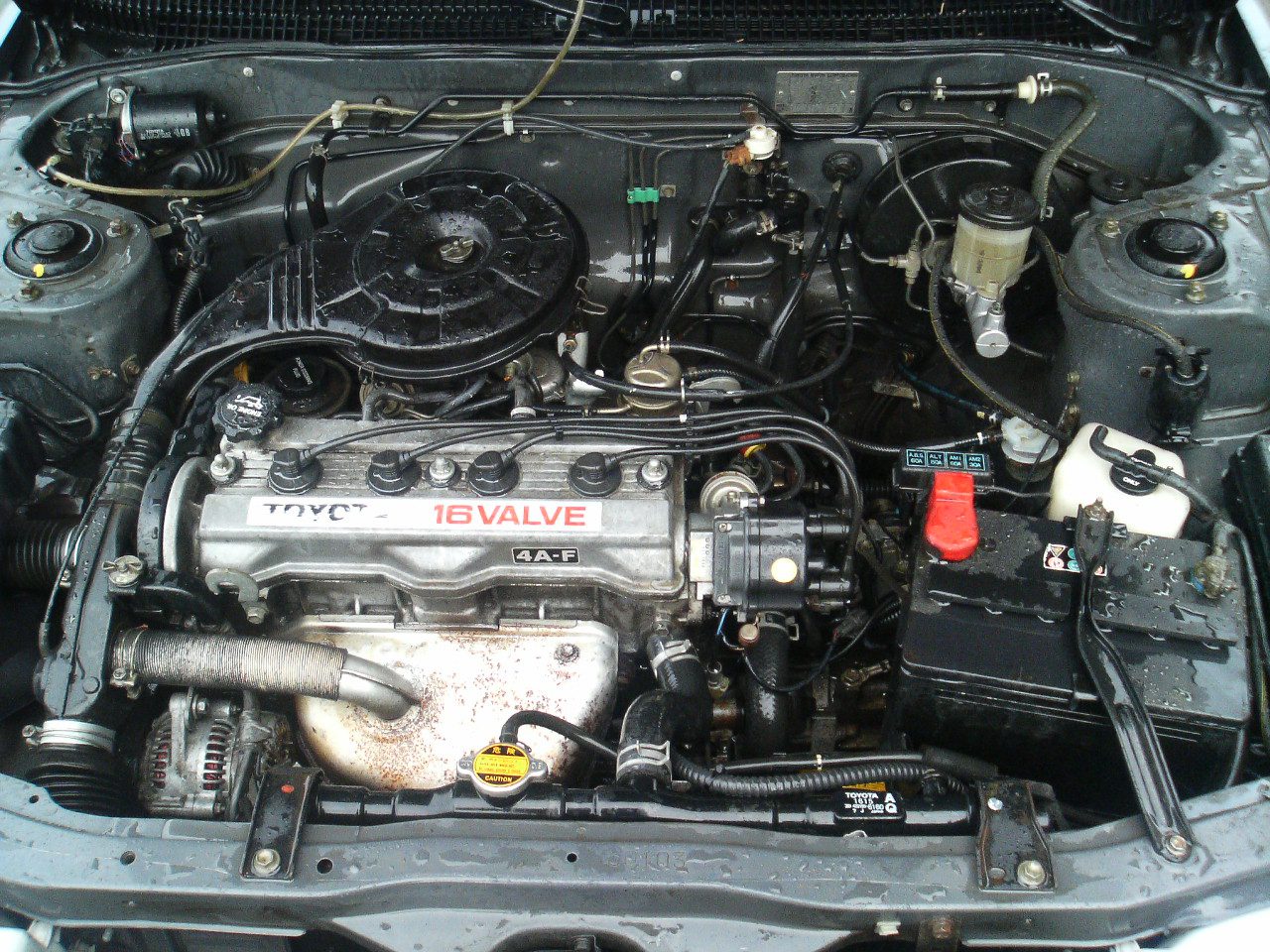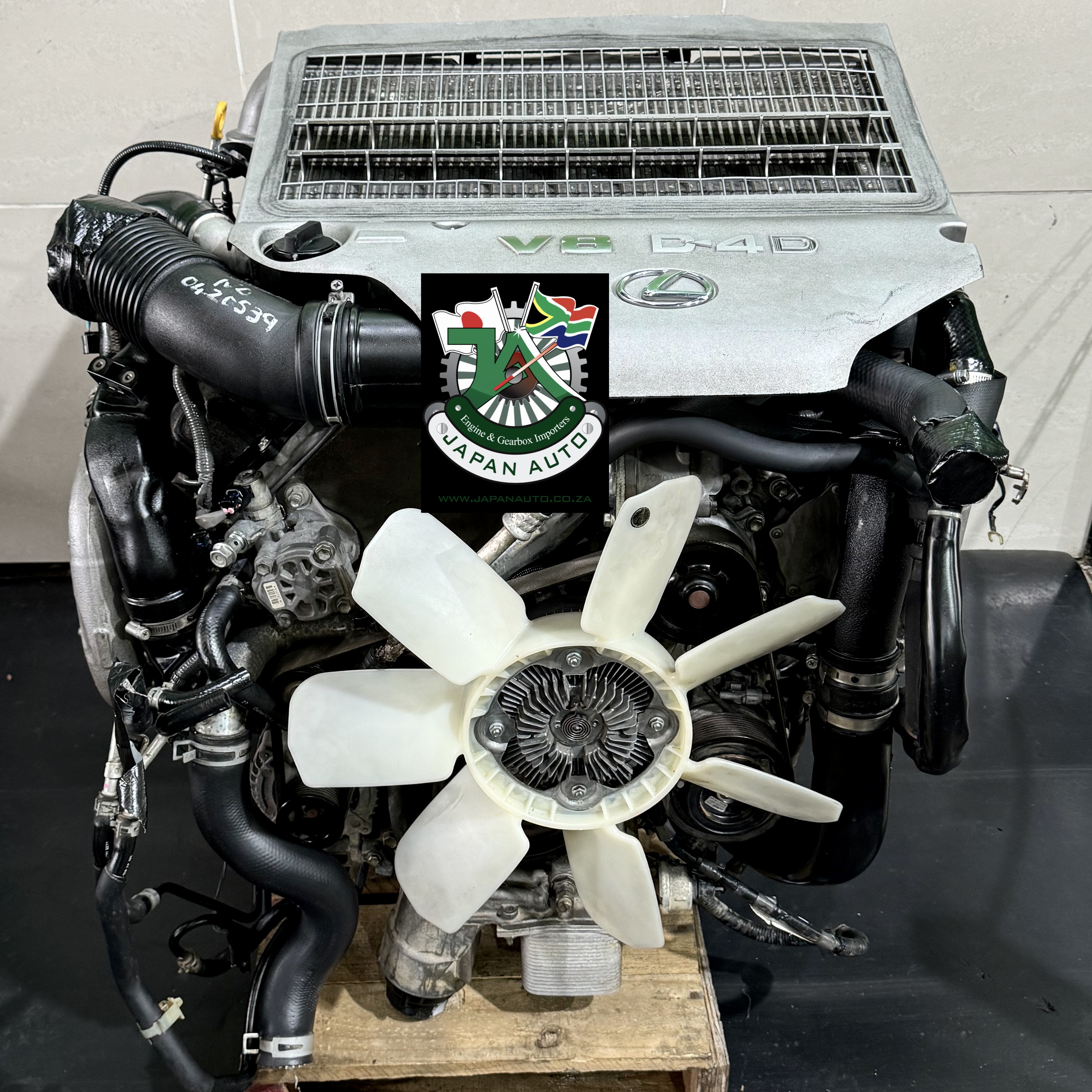What Makes the Toyota Tazz a Great Option for Budget-Friendly Transportation
What Makes the Toyota Tazz a Great Option for Budget-Friendly Transportation
Blog Article
Check Out the current Fads in Engine Technology Through Tazz
In the rapidly advancing landscape of auto innovation, Tazz stands at the leading edge, highlighting significant innovations in engine systems that focus on both development and sustainability. From hybrid engines that maximize fuel effectiveness to the development of hydrogen gas cells, the fads shaping modern-day powertrains are not just enhancing efficiency however also resolving important environmental obstacles.
Hybrid Engine Innovations
Hybrid engine advancements represent a crucial shift in automotive modern technology, combining the advantages of internal burning engines with electric propulsion systems. This assimilation not only boosts fuel performance but additionally decreases exhausts, meeting significantly strict environmental guidelines. By utilizing both power resources, hybrid engines can enhance efficiency, delivering power when required while preserving fuel throughout less demanding motoring problems.
Recent improvements in hybrid innovation consist of improvements in battery effectiveness and regenerative stopping systems. These innovations permit better power recovery throughout slowdown, which can be rerouted to assist in acceleration or power accessory systems. Producers are concentrating on compact styles and lightweight products to make best use of the efficiency of hybrid powertrains.
The development of plug-in hybrids has likewise broadened the market, allowing motorists to bill their lorries making use of standard electrical outlets. This feature frequently permits significant all-electric range, further decreasing dependence on traditional fuels. tazz. As the automotive industry proceeds to advance, hybrid engine modern technologies are anticipated to play a critical duty in linking the void in between traditional cars and fully electric versions, supplying a transitional option that satisfies diverse consumer demands and choices
Advancements in Electric Powertrains
The automobile landscape is rapidly evolving, with electrical powertrains emerging as a leading force in lasting transport. Advancements in electric lorry (EV) innovation are considerably enhancing efficiency, individual, and efficiency experience. Key technologies consist of improvements in battery chemistry, which have actually enhanced power density, lowered charging times, and expanded general battery life.
Solid-state batteries, as an example, guarantee to revolutionize the marketplace by providing higher safety and effectiveness compared to standard lithium-ion cells. Advancements in regenerative braking systems are making it possible for vehicles to recuperate power throughout deceleration, adding to total efficiency.
In enhancement to battery modern technology, electric motor styles are coming to be more advanced. Advancements such as incorporated electric motors and advanced thermal administration systems are assisting to maximize power distribution and reduce weight, eventually improving automobile characteristics.

Jointly, these developments highlight the commitment to transition in the direction of cleaner, extra reliable transport services, positioning electric powertrains at the center of vehicle advancement.
The Increase of Hydrogen Fuel Cells
Significantly, hydrogen gas cells are getting traction as a viable choice to standard interior combustion engines and battery electrical automobiles. This technology harnesses the chemical power kept in hydrogen, converting it right into electrical power through an electrochemical response with oxygen. The primary result of this process is water, making hydrogen fuel cells an eco-friendly option with no emissions at the tailpipe.

Automakers are progressively purchasing hydrogen gas cell technology, recognizing its capacity for long-range applications and fast refueling abilities that measure up to standard gas. Additionally, sectors such as heavy-duty transport and public transit are especially appropriate for hydrogen fuel cells, where battery electric options might fail because of weight and variety restrictions.
As research study and financial investment remain to broaden, hydrogen fuel cells are poised to play a considerable function in the future landscape of clean transport and energy services.
Enhancements in Internal Combustion Engines
Innovations in inner combustion engine (ICE) technology are changing conventional vehicles to fulfill contemporary environmental requirements and performance expectations. Direct gas shot, for instance, allows for much better atomization of gas, leading to more complete combustion and improved power output.
Additionally, turbocharging has gained prominence, enabling smaller sized engines to deliver greater efficiency without the weight of larger engines - tazz. This innovation not only enhances effectiveness but also adds to decrease read what he said gas consumption. Variable shutoff timing systems are likewise being improved, making it possible for engines to adjust to different driving problems for enhanced torque and responsiveness
Moreover, making use of light-weight materials in engine building and construction is ending up being typical, additional boosting fuel effectiveness by lowering overall automobile weight. Engine control devices (ECUs) are increasingly advanced, making it possible for real-time adjustments that enhance efficiency and emissions.
These enhancements jointly indicate a pivotal shift in ICE innovation, straightening with global sustainability goals while still supplying navigate here the efficiency vehicle drivers get out of their cars. As the market advances, these renovations remain to shape the future of conventional vehicle design.
Future Fads in Engine Performance
Significant advancements in engine efficiency are expected as makers concentrate on incorporating innovative modern technologies to fulfill rigorous ecological laws and customer needs. The change in the direction of electrification, crossbreed systems, and different gas is reshaping the vehicle landscape, driving advancements that improve fuel economic climate and decrease emissions.
One of the key trends is the execution of innovative products and producing methods. High-strength alloys and light-weight compounds add to decreased car weight, thus boosting total effectiveness. Furthermore, the adoption of turbocharging and variable shutoff timing modern technologies enables improved power output from smaller sized engines, additionally enhancing gas economic situation.

Conclusion
In verdict, the exploration of engine innovation discloses substantial developments that focus on sustainability and efficiency. Advancements in hybrid engine systems, electric powertrains, and hydrogen gas cells demonstrate a commitment to lowering emissions while improving efficiency. Improvements in interior burning engines and a focus on lightweight materials add to total engine efficiency. As the automobile sector remains to evolve, these patterns will certainly play a crucial role fit a cleaner and even more lasting future for transport.
From crossbreed engines that maximize gas performance to the appearance of hydrogen gas cells, the patterns shaping contemporary powertrains are not only improving efficiency however likewise attending to essential ecological obstacles.Crossbreed engine advancements stand for an essential change in vehicle innovation, integrating the benefits of internal combustion engines with electrical propulsion systems.In addition, turbocharging has actually gotten importance, enabling smaller engines to supply greater efficiency without the weight of larger engines. Additionally, the adoption of turbocharging and variable shutoff timing innovations enables click here now for improved power output from smaller sized engines, additionally improving fuel economic situation.
Renovations in interior combustion engines and an emphasis on light-weight materials add to total engine effectiveness.
Report this page